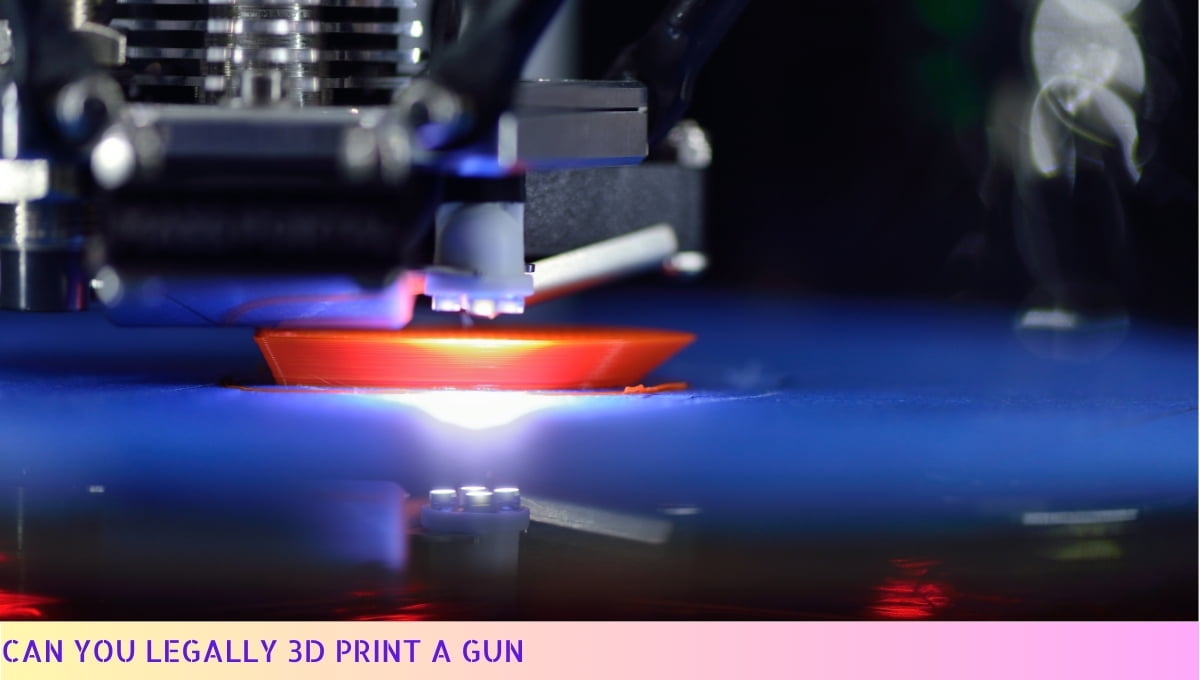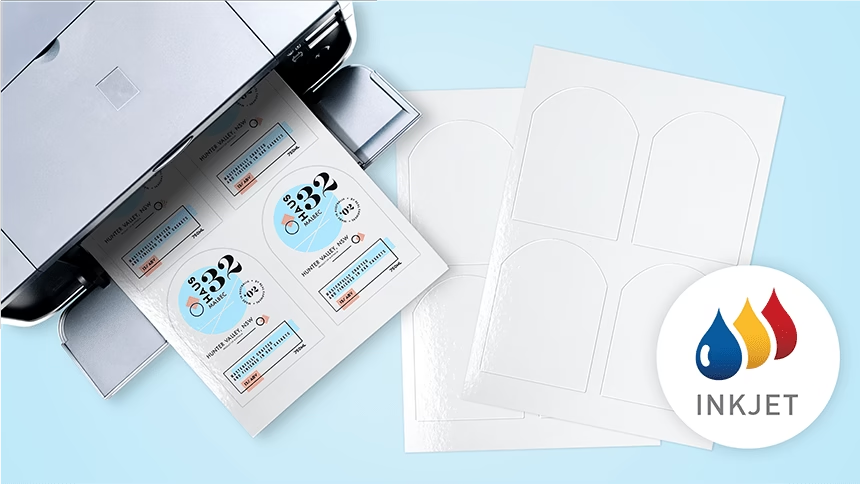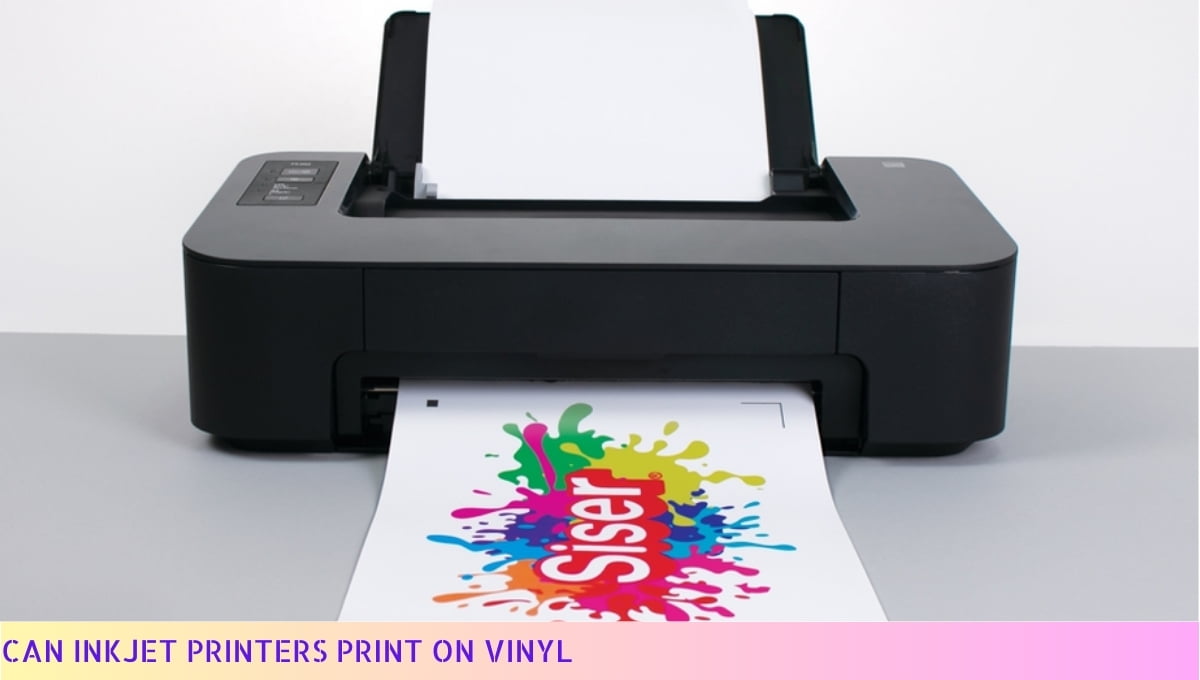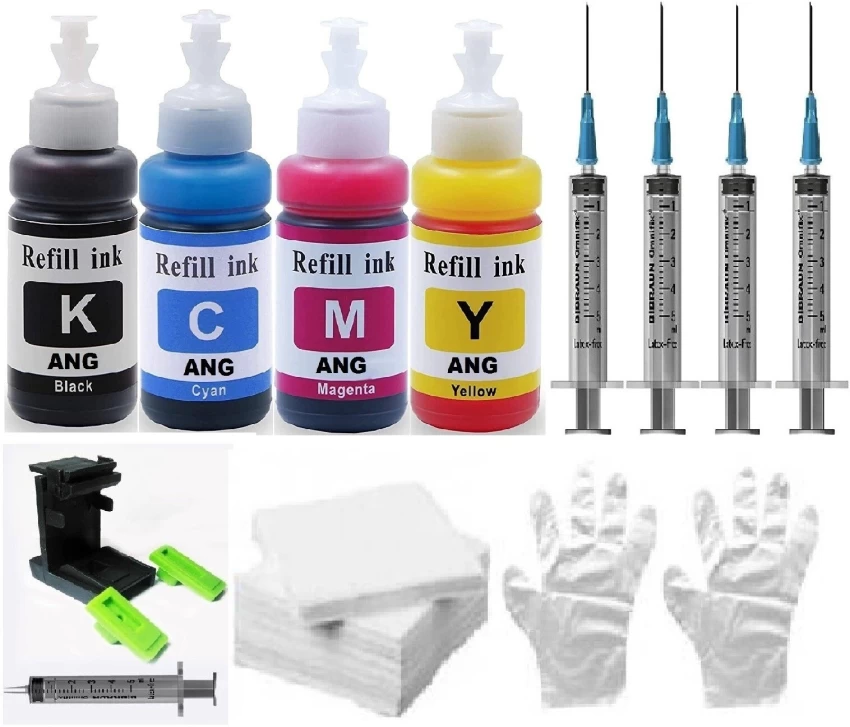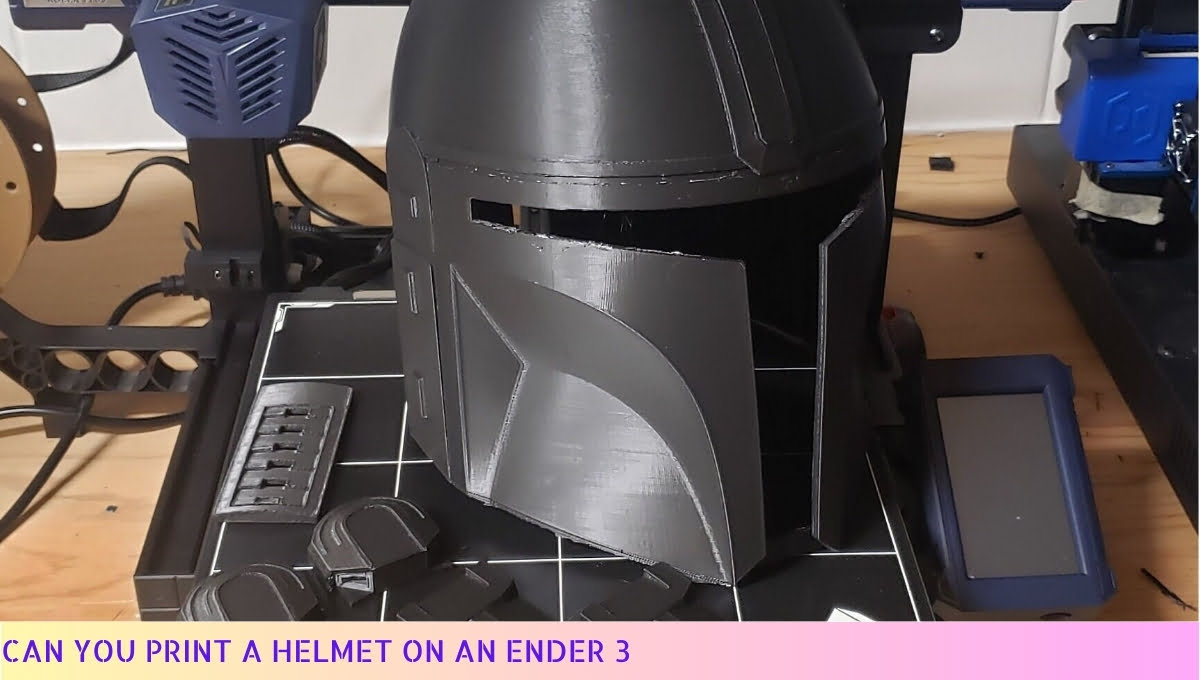Yes, it is legal to 3D print a gun in the United States, but there are certain regulations and restrictions that must be followed.
The legality of 3D printing guns varies from country to country, and in the US, it is primarily governed by federal and state laws. While it is legal to manufacture firearms for personal use without a license, it is illegal to sell or distribute them.
Additionally, certain types of firearms, such as fully automatic weapons, are strictly regulated and require proper licensing.
I. The Legality of 3D Printed Guns
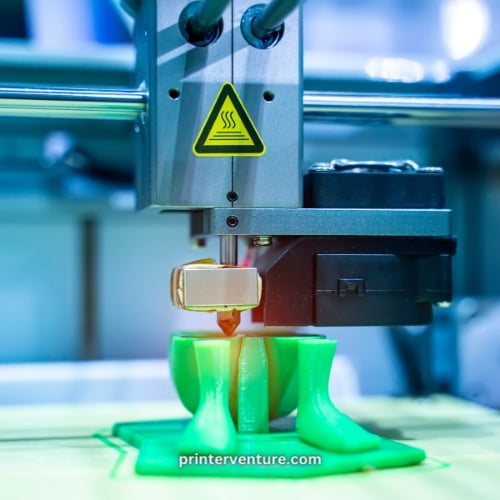
When it comes to the legality of 3D printed guns, there are several key factors to consider.
The advent of 3D printing technology has opened up a whole new world of possibilities, but it has also raised important questions about firearm regulations and laws.
Regulations and Laws Surrounding 3D Printed Firearms
Now, let’s delve into the regulations and laws surrounding 3D printed firearms. It’s important to note that these laws can vary from country to country and even within different states or regions.
In the United States, for example, the manufacture and possession of firearms are heavily regulated by federal and state laws.
Controversies and Concerns Regarding 3D Printed Guns
Jumping into the controversies and concerns surrounding 3D printed guns, it’s clear that this topic is not without its fair share of debate.
One of the main concerns is the potential for these firearms to bypass traditional methods of gun control and regulation.
With the ability to print a gun at home, some worry that it could make it easier for individuals with malicious intent to obtain firearms without proper background checks or registration.
Future Implications and Challenges of 3D Printed Firearms
Looking ahead, the future implications and challenges of 3D printed firearms are still being explored. As technology continues to advance, it’s likely that regulations will need to adapt to keep up with these advancements.
The ability to print firearms at home raises questions about how law enforcement agencies will be able to track and regulate these weapons.The legality of 3D printed guns is a complex and evolving issue. While there are regulations in place to govern the manufacture and possession of firearms, the emergence of 3D printing technology has presented new challenges.
It’s important for lawmakers and society as a whole to stay informed and engaged in this ongoing conversation to ensure public safety while also respecting individual rights. So, let’s keep our eyes on this topic as it continues to unfold.
II. Regulations and Laws Surrounding 3D Printed Firearms
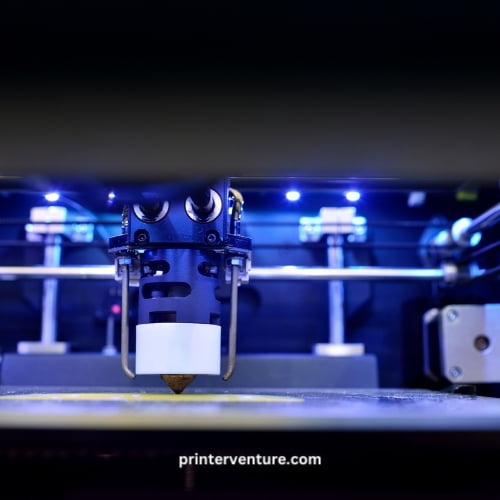
Let’s talk about the rules and regulations that govern the world of 3D printed guns. It’s a topic that sparks a lot of debate and raises some serious concerns. Now, I ain’t no lawyer, but I’ll do my best to break it down for you.
First things first, it’s important to note that laws regarding 3D printed firearms can vary from country to country and even from state to state. So, what might be legal in one place could land you in hot water in another.
That’s why it’s crucial to do your research and understand the specific laws in your jurisdiction.
In the good ol’ United States, the legal landscape surrounding 3D printed guns is a bit of a mixed bag. The Second Amendment of the Constitution protects the right to bear arms, but there are still regulations in place to ensure public safety.
The main federal law that comes into play here is the Undetectable Firearms Act (UFA). This law makes it illegal to manufacture, possess, or sell a firearm that can’t be detected by standard metal detectors.
So, if you’re planning on printing a gun that won’t set off any alarms, think again. That’s a big no-no.
On top of the UFA, there are also state laws that regulate the production and possession of 3D printed firearms.
Some states have outright banned them, while others have placed restrictions and requirements on their creation and use. It’s crucial to know the specific laws in your state to stay on the right side of the law.
Now, let’s say you’re in a place where 3D printed guns are legal. That doesn’t mean you can just go printing them willy-nilly. Nope, there are still rules to follow.
You’ll likely need to obtain the necessary licenses and permits to manufacture and possess a firearm, just like you would with a traditionally manufactured gun.
It’s also worth mentioning that even if you manage to navigate the legal hurdles and get your hands on a 3D printed firearm, you still need to be responsible. Just because you can print a gun doesn’t mean you should.
Safety should always be a top priority, and that goes for any kind of firearm, whether it’s 3D printed or not.
So, there you have it. The regulations and laws surrounding 3D printed firearms can be a bit of a maze, but with a little research and understanding, you can navigate it.
Just remember to stay on the right side of the law, prioritize safety, and always use common sense.
III. Controversies and Concerns Regarding 3D Printed Guns

Now let’s turn our attention to the controversies and concerns surrounding the realm of 3D printed guns. Buckle up, folks, because we’re about to explore some heated debates and burning issues that have ignited the public discourse.
1. Untraceable Firearms
One of the main concerns surrounding 3D printed guns is their potential to be untraceable.
Imagine a world where anyone with access to a 3D printer could manufacture a firearm without any serial numbers or identification marks. It’s like stepping into a spy movie, but this time it’s real.
This lack of traceability poses a significant challenge for law enforcement agencies in their efforts to combat illegal firearms.
Without the ability to track and trace these weapons, it becomes increasingly difficult to hold individuals accountable for their actions.
2. Accessibility and Proliferation
With the rise of 3D printing technology, the accessibility and proliferation of firearms have become a pressing concern.
The barriers to obtaining a firearm traditionally, such as background checks and waiting periods, can be bypassed with a simple click of a button.
Now, don’t get me wrong. I’m all for technological advancements, but we need to consider the potential consequences of making firearms readily available to anyone with an internet connection and a 3D printer.
It’s like handing out candy to a room full of sugar addicts. You can imagine the chaos that could ensue.
3. Safety and Reliability
Let’s talk about safety, shall we? When it comes to 3D printed guns, there are serious concerns regarding their reliability and durability.
Unlike firearms manufactured by licensed manufacturers, these DIY guns lack the rigorous testing and quality control measures that ensure they function safely and reliably.
Imagine relying on a 3D printed gun for self-defense, only to find out that it jams or misfires at a critical moment. Talk about a nightmare scenario. We need to consider the potential risks and dangers associated with using firearms that haven’t undergone proper testing and quality assurance.
4. Undetectable Firearms
Last but not least, we have the issue of undetectable firearms. 3D printed guns are often made using plastic materials, which can evade metal detectors and other security screening measures.
This raises serious concerns about public safety and the potential for these weapons to be used in acts of terrorism or other criminal activities.
Picture a scenario where someone walks into a crowded space, armed with a 3D printed gun that goes unnoticed by security personnel. It’s like a scene out of a thriller movie, but unfortunately, this is a real threat that we need to address.
So there you have it, folks. The controversies and concerns surrounding 3D printed guns are far from trivial.
As we delve deeper into the world of 3D printing, it’s essential to have an open and informed discussion about the potential risks and challenges associated with this technology.
IV. Future Implications and Challenges of 3D Printed Firearms
Advancements in Technology
As technology continues to advance at a rapid pace, the future implications of 3D printed firearms are both fascinating and concerning.
The ability to create functional weapons using a 3D printer opens up a whole new world of possibilities.
This technology has the potential to disrupt traditional manufacturing processes, making it easier for individuals to access firearms without proper regulations.
Increased Accessibility
One of the major challenges posed by 3D printed firearms is the increased accessibility they offer. With the availability of blueprints and designs online, anyone with access to a 3D printer can potentially create their own gun.
This raises serious concerns about the ease with which firearms can be obtained, bypassing background checks and other regulatory measures.
Security and Safety Concerns
The proliferation of 3D printed firearms also raises significant security and safety concerns.
These weapons can be difficult to detect using traditional metal detectors, posing a threat to public safety in sensitive areas such as airports, government buildings, and schools.
The potential for these firearms to fall into the wrong hands is a cause for alarm, as they can be used for criminal activities without any traceable serial numbers.
Legal and Ethical Dilemmas
The legality and ethics surrounding 3D printed firearms present another set of challenges. The existing laws and regulations regarding firearms may not adequately address the unique nature of these weapons.
This raises questions about how to regulate and control the production and distribution of 3D printed guns, while still respecting individual rights and freedoms.
Striking a Balance
As we move forward, it is crucial to strike a balance between embracing technological advancements and ensuring public safety. The future implications of 3D printed firearms require a comprehensive review of existing laws and regulations.
Policymakers, law enforcement agencies, and technology experts must work together to develop effective measures that address the challenges posed by these weapons.
- Increased accessibility
- Security and safety concerns
- Legal and ethical dilemmas
Table: Future Implications and Challenges of 3D Printed Firearms
| Implications | Challenges |
|---|---|
| Advancements in technology | Increased accessibility |
| Security and safety concerns | |
| Legal and ethical dilemmas |
Can You 3d Print A Gun Legally – FAQs
1. Is it legal to 3D print a gun?
It is essential to understand that laws regarding 3D printed guns vary from country to country and even within different states. In some places, it is illegal to manufacture or possess a 3D printed gun, while in others, it may be allowed with certain restrictions. It is crucial to research and comply with local laws before attempting to 3D print a gun.
2. What are the legal implications of 3D printing a gun?
The legal implications of 3D printing a gun can be severe. In many jurisdictions, possessing or distributing a 3D printed gun without the necessary licenses and permits can result in criminal charges, including fines and imprisonment. It is important to consult with legal experts to understand the specific implications in your area.
3. Are there any regulations specific to 3D printed guns?
Some countries have introduced specific regulations regarding 3D printed guns to address the potential risks associated with them. These regulations may include requirements for obtaining licenses, registering the firearms, or limiting the types of guns that can be printed. Familiarize yourself with the local regulations to ensure compliance.
4. Can I legally sell a 3D printed gun?
In most jurisdictions, selling a 3D printed gun without the appropriate licenses and permits is illegal. It is crucial to understand the specific laws and regulations in your area before engaging in any commercial activities involving 3D printed firearms.
5. What are the safety concerns related to 3D printed guns?
3D printed guns can pose significant safety concerns due to the potential for design flaws, material weaknesses, and lack of proper testing. The use of low-quality materials or incorrect printing techniques can lead to malfunctions, which can result in injury or even death. It is essential to prioritize safety and follow established guidelines when 3D printing firearms.
6. Are there any restrictions on the types of guns that can be 3D printed?
Some jurisdictions may have restrictions on the types of guns that can be 3D printed. For example, fully automatic weapons or firearms with specific features may be prohibited. It is crucial to familiarize yourself with local laws to ensure compliance with any restrictions on the types of guns that can be produced through 3D printing.
7. What are the consequences of illegally 3D printing a gun?
The consequences of illegally 3D printing a gun can vary depending on the jurisdiction and the specific circumstances. In general, individuals who engage in illegal activities related to 3D printed guns may face criminal charges, substantial fines, and imprisonment. It is essential to understand and respect the law to avoid severe legal repercussions.
8. Can I modify a 3D printed gun legally?
Modifying a 3D printed gun may be subject to the same legal restrictions as manufacturing or possessing one. It is essential to research and understand the specific laws in your area regarding modifications to firearms, as unauthorized modifications can lead to legal consequences.
9. Are there any age restrictions for 3D printing guns?
In many jurisdictions, there are age restrictions for both 3D printing guns and possessing firearms. It is crucial to comply with the minimum age requirements and any other legal restrictions in your area to avoid legal issues.
10. How can I ensure legal compliance when 3D printing a gun?
To ensure legal compliance when 3D printing a gun, it is important to research and understand the laws and regulations in your jurisdiction. Consult with legal experts, obtain the necessary licenses and permits if required, and follow all safety guidelines and restrictions. Staying informed and responsible is key to avoiding legal problems when engaging in 3D printing firearms.
Wrapping Up
Well, folks, we’ve reached the end of our journey into the world of 3D printing and gun legality. So, can you 3D print a gun legally? The answer, my friends, is not a simple yes or no.
It’s a complex matter that involves a delicate dance between technology, laws, and ethics. While some countries have strict regulations, others are still playing catch-up.
So, before you embark on any 3D printing adventures, make sure you know the rules of the game. Stay informed, stay safe, and remember, knowledge is power!

